A test trench based on geophysical data revealed the full dimensions of the trench fortification of the Tombos town (ancient Taroy). The fortifications enclosed a very large area, over 238 meters east-west to the river and 246 meters going north-south. A similar feature at Sesebi was only about 80 meters to a side. The fortifications at Tombos were larger than any other Egyptian colony. Only the later enclosure at Sesebi was nearly as big; most of the other colonies in Sudanese and Egyptian Nubia were much smaller.
This fortification began to fill with trash at the end of the 18th Dynasty, around 1300 BCE, but parts were reused and/or continued to fill with trash during the Ramesside and even Napatan periods.
اعتمد اختبار مخطط الحفريه علي المعلومات الجيوفيزيائية التي أظهرت كل ابعاد الخندق في مدينه تمبس القديمه .
يحيط الحصن منطقه كبيره علي امتداد ٢٣٨متر شرق- غرب إلي النهر، و٢٤٦متر علي امتداد شمال-جنوب. تتماثل هذه الظاهرة مع التي عثر عليها في موقع سيسبي إلا أن الحصن كان فقط حوالي ٨٠ متر للموقع. كانت الحصون كبيره في تمبس مقارنه بالمستعمرات المصرية الأخري. لاحقا كان الحصن في سيسبي تقريباً اكبر من معظم المستعمرات الأخري في النوبه السودانية والمصرية.
بدأ يملأ هذا الحصن بالنفايات في نهايه عهد الاسره ١٨ حوالي ١٣٠٠ ق.م، ولكن تم إعادة استخدام الأجزاء خلال فترة رمسييد وحتي الفترة النبتيه
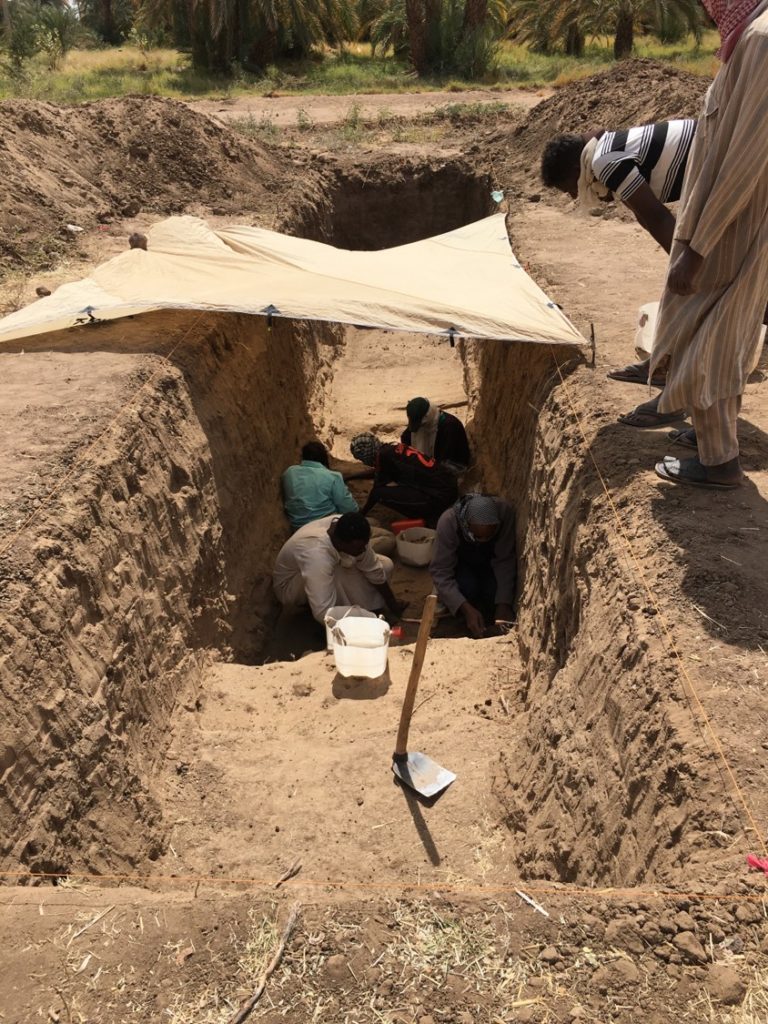
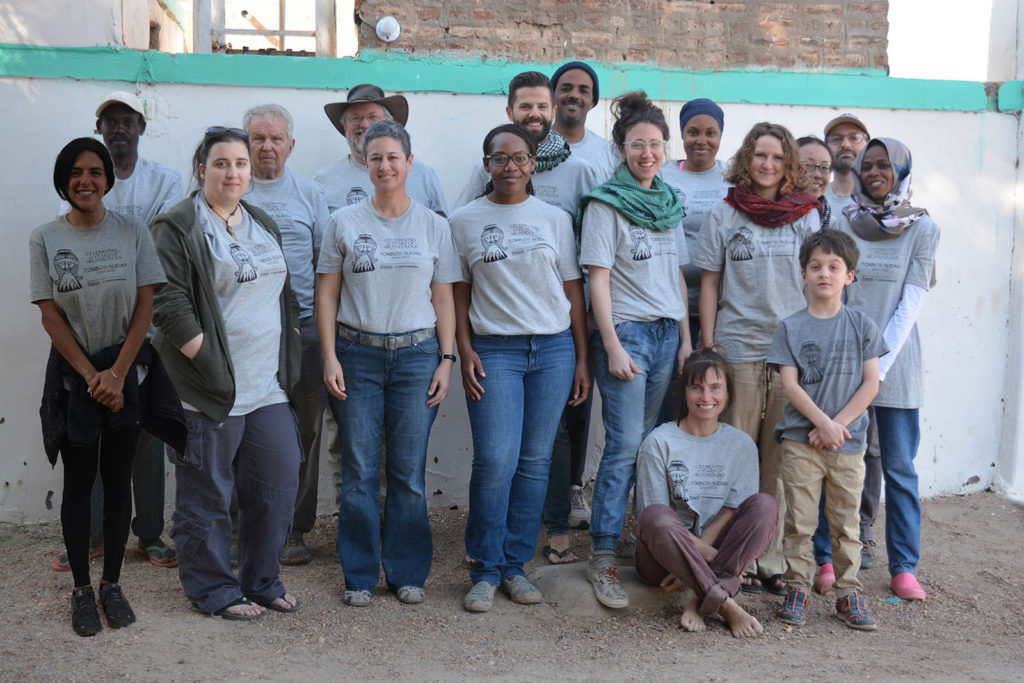
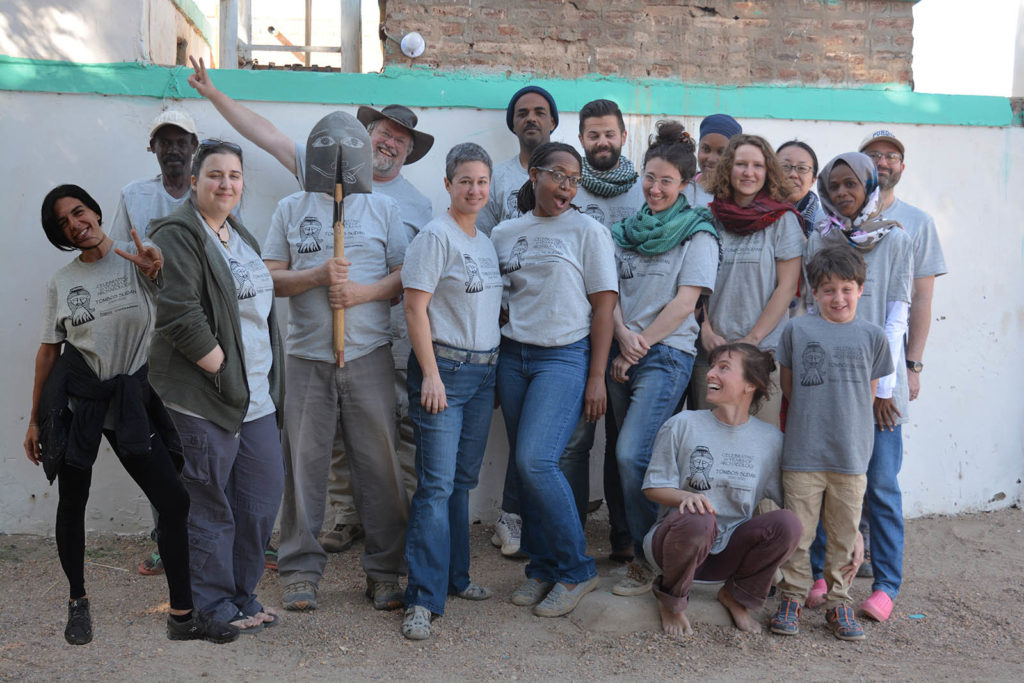
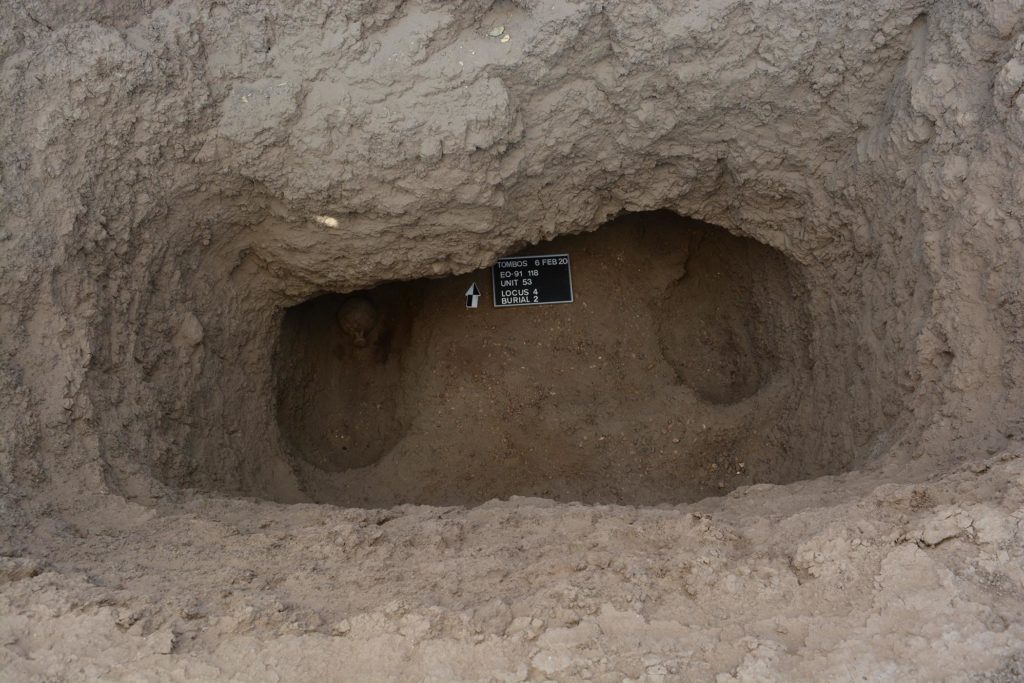
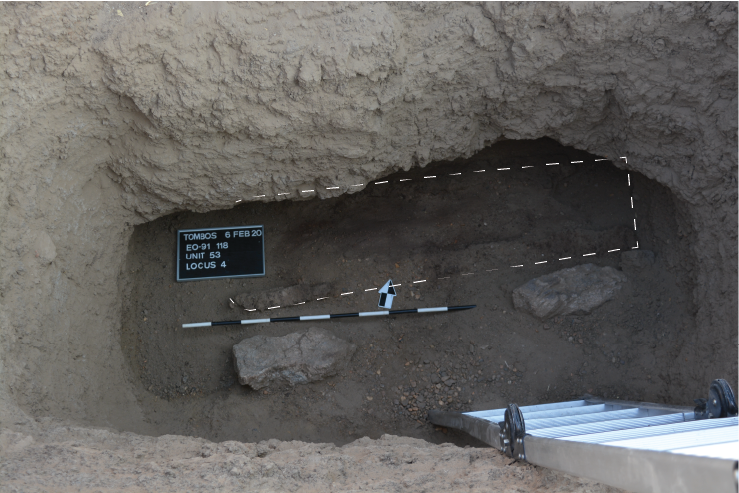
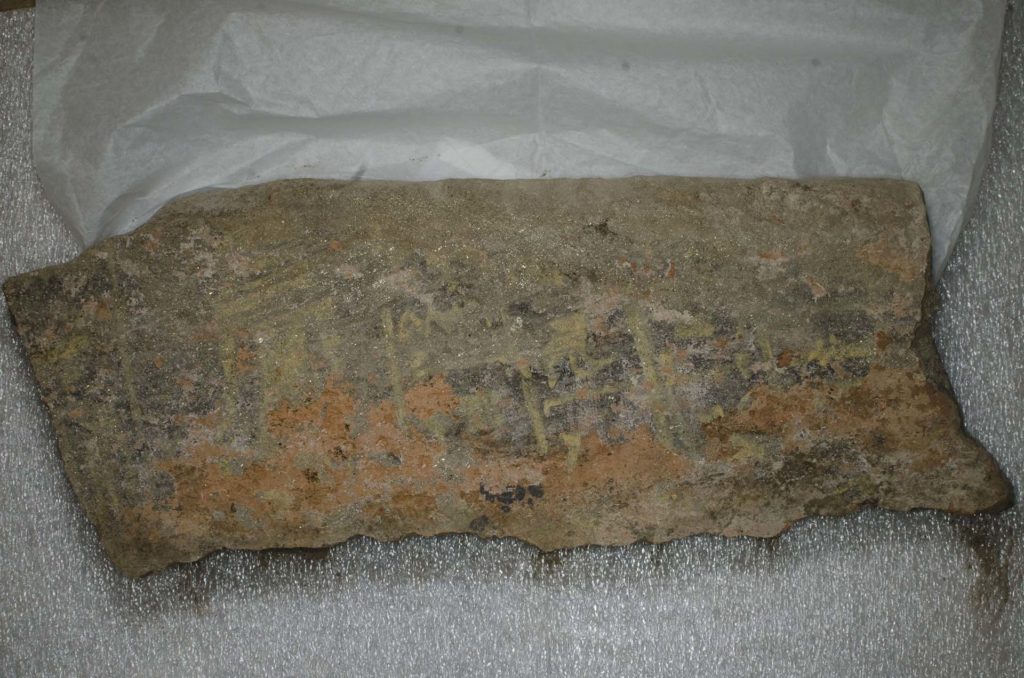
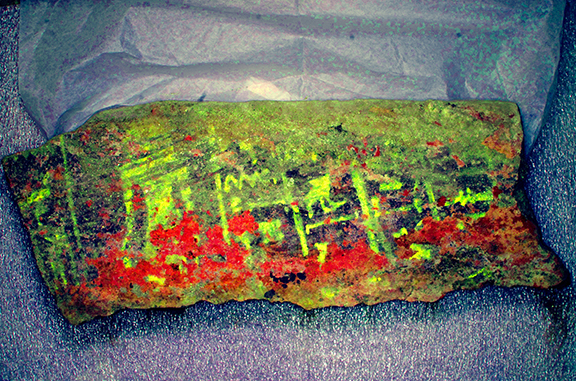
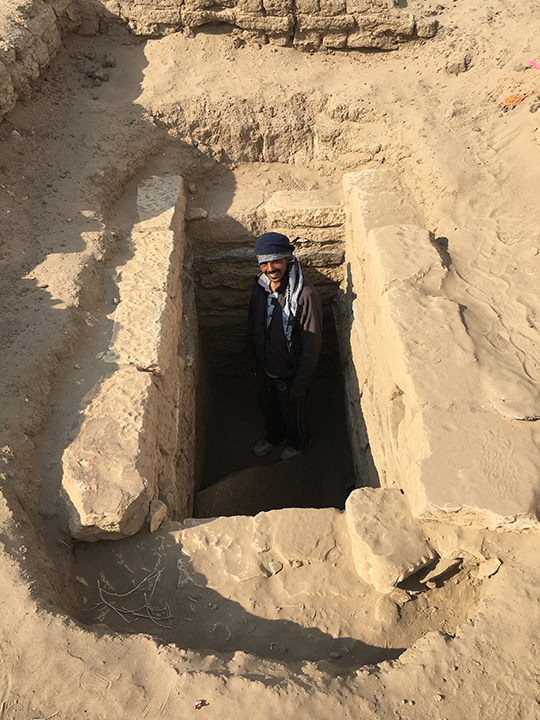
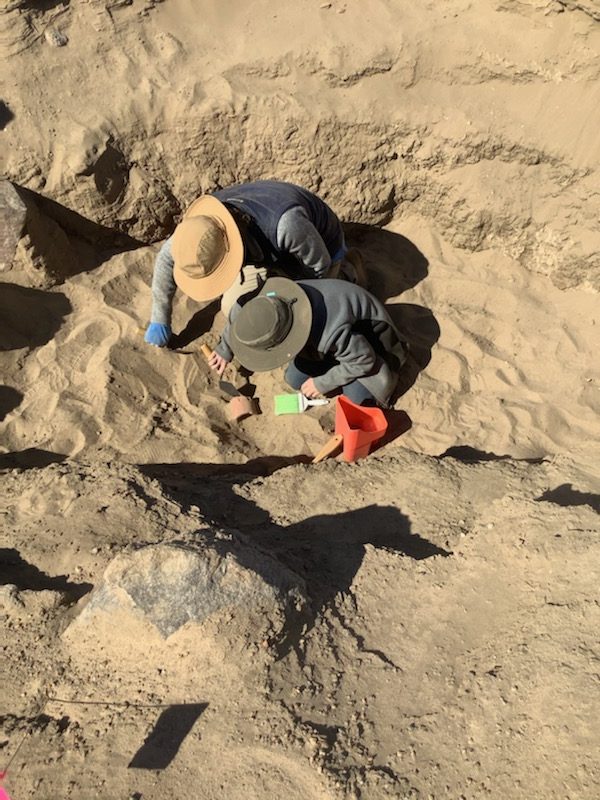
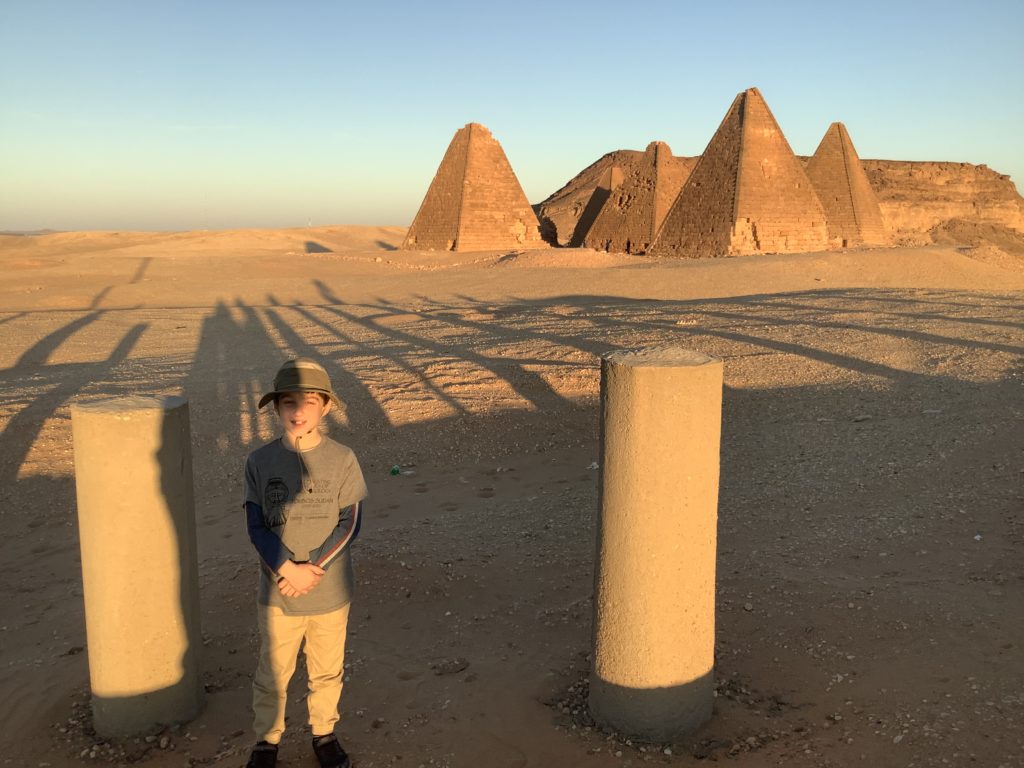
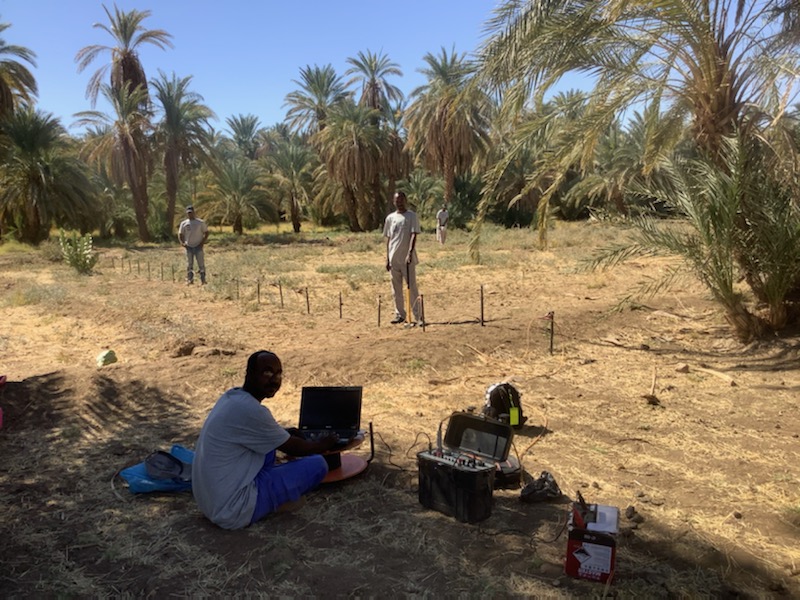
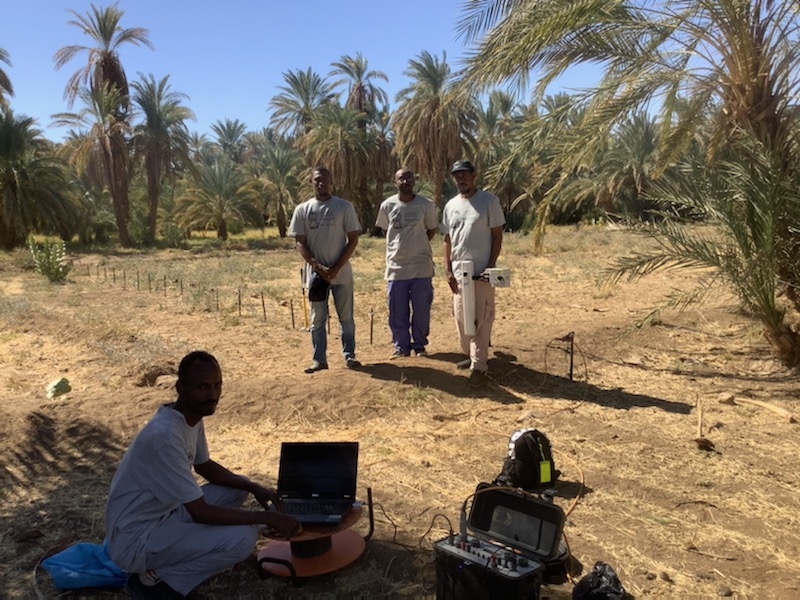
Recent Comments